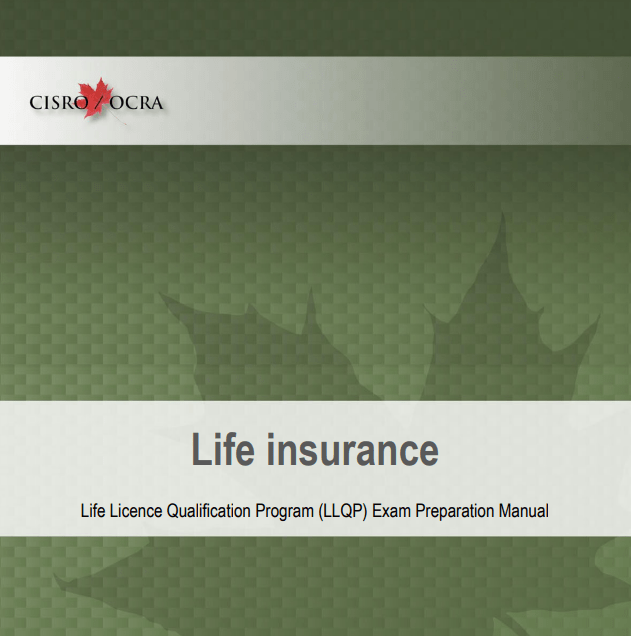What is a high ratio mortgage?
A high ratio mortgage is a mortgage that exceeds 80% loan to value. This refers to either a purchase where the purchaser has less than 20% for a down payment or, in a refinancing scenario, where there is less than 20% equity in the property.
If a mortgage is provided by a federally regulated bank, that bank must obtain mortgage default insurance on the loan if the loan exceeds 80% loan to value (referred to as a high ratio mortgage). This is important to know because the premium for this default insurance is typically added to the mortgage amount and will increase the mortgage payment.
If the high ratio mortgage is not provided by a federally regulated bank, then mortgage default insurance is not required. Many lenders that do not use mortgage default insurers refer to their mortgages as “self-insured”. This simply means that the lender will charge a lender’s fee (referred to as the self-insured fee), typically similar in amount to a default insurer’s fee. The lender will often use these fees to create a reserve fund that can be accessed to help offset losses suffered by a borrower’s default.
Mortgage brokering in Ontario is regulated by the Financial Services Commission of Ontario (FSCO) and requires a license. To obtain a license you must first pass an accredited course. The Real Estate and Mortgage Institute of Canada Inc. (REMIC) is accredited by FSCO to provide the course. For more information please visit us at www.remic.ca/getlicensed or call us at 877-447-3642.
Pause for clarification – self-insured lender
A “Self-Insured” lender is simply a lender that does not use default insurance, but that charges a lender’s fee and pools this money in a reserve fund to help offset the risks associated with lending high ratio mortgages without the protection of default insurance. The amount of this fee is typically similar to what a borrower would pay for default insurance.













